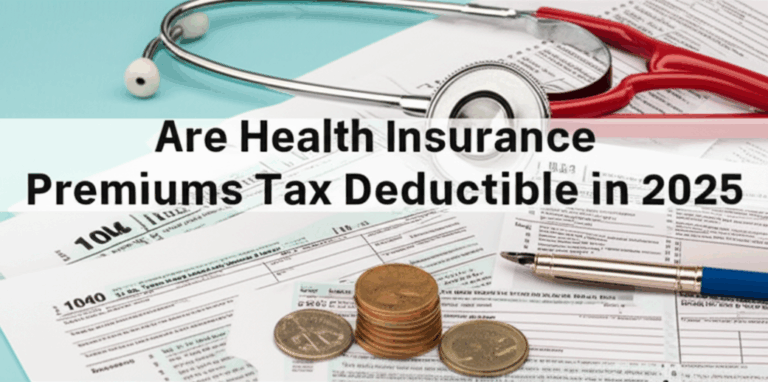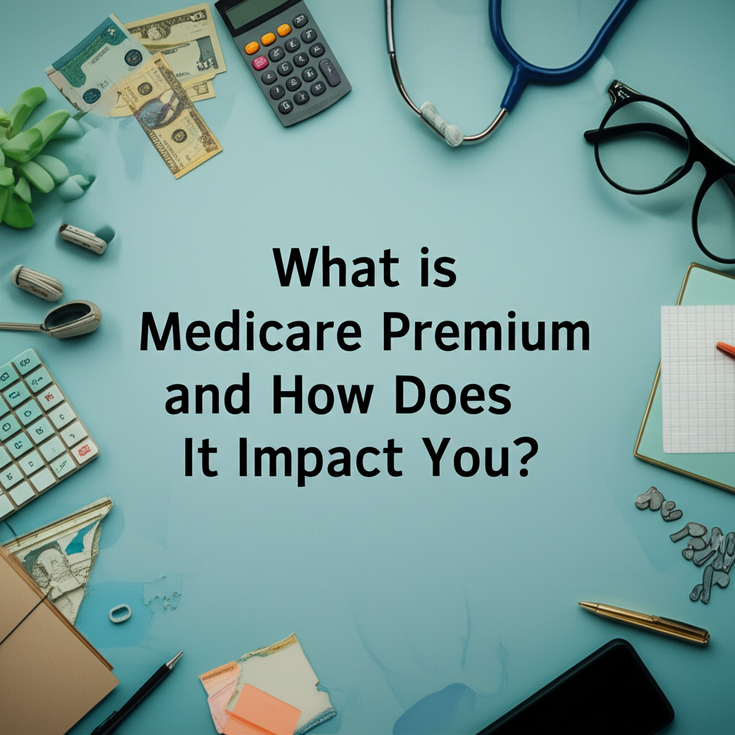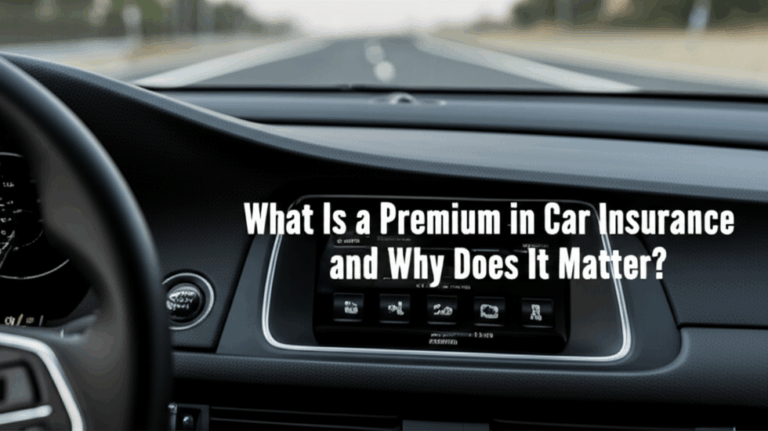How much do insurance premiums go up after an accident in 2025?

Getting into a car accident is something we all hope to avoid. Many drivers ask, how much do insurance premiums go up after an accident? The answer can surprise you. Premiums often climb if you file a claim, but by how much often depends on several key factors.
In our article, we will help you understand what happens when you make a claim, how much more you might pay, and what steps you can take to protect your wallet. We promise tips, real examples, and little-known strategies that can make a big difference. Curious to learn how to limit your costs? Read on.
What happens to your insurance premiums after you have an accident?
After a car accident, insurance premiums often rise. Our insurer reviews the claim and sees our risk as higher, so prices go up. Sometimes, only certain types of accidents cause premiums to rise—like when we are at fault. Not-at-fault accidents do not always lead to increases, but it depends on the insurer’s terms and your location.
Insurers also factor in the cost of repairing or replacing a vehicle, as well as legal liabilities. Some drivers find their premiums spike after small accidents, while for others, only larger claims trigger a change. Let’s see what these increases look like in real life.
Insurers often raise rates after an accident
After an accident, our insurance company often reviews our claim and driving record. Most companies use claim events to decide how much risk we pose. They see a claim as a sign we may have more accidents in the future. They update our premium to help balance their risk and payout.
Rate increases usually follow a claim involving property damage or injuries. We have seen drivers notice a bill increase within months after a claim. Insurers do not always raise premiums after one accident, but a claim does raise risk in their eyes. Companies also watch for claim details, like police reports and repair bills, to help set new rates.
If you want to keep rates stable, learning about programs like accident forgiveness insurance can help. Many companies now offer forgiveness to avoid the first accident causing a hike. Some even offer discounts if you avoid claims for several years. Every insurer, however, handles claims in its own way.

Average premium increases in the USA for common accident types
Let’s look at numbers. According to the Insurance Information Institute and recent 2025 data, the average premium increase nationwide after an at-fault accident ranges from 20% to 50%. A minor fender bender usually raises premiums about $300 to $600 a year. Major collisions that involve injuries can cause your premium to jump by $1,000 or more.
Here’s a breakdown in table format:
| Accident Type | Average Premium Increase |
|---|---|
| Minor Accident (No Injury) | $300–$600/year |
| Major Accident (With Injury) | $1,000–$1,800/year |
| Comprehensive/Not At Fault | $0–$150/year |
State laws can also impact these numbers. Some places like California restrict how much your insurer can raise rates for minor claims. In other states, we see higher increases. Our driving history always plays a role as well.

Why do insurance companies change your rate after an accident?
Insurance companies base prices on risk. When drivers file a claim, companies see us as more likely to file another one. Risk goes up so prices go up. Even a single claim can change a good driver’s long track record in the eyes of our insurer.
Companies review both the accident details and our entire driving history. They compare our risk profile to drivers like us. If we have multiple claims, the increase grows higher. They aim to protect their bottom line while sharing costs fairly among all customers.
Insurers see you as a higher risk after a claim
Why do we suddenly see a spike in our bills after an accident? It comes down to how insurers set their rates. A claim signals that drivers may be involved in other accidents. Our new risk profile shapes the monthly or yearly bill. The insurance claim impact is stronger if we have more than one claim in a short period.
Insurers monitor accident forgiveness insurance and discount eligibility programs. They sometimes reward years with no claims. If we claim only once, we may lose a good driver discount, but a second or third claim triggers bigger jumps. The rules are clear, but they feel strict after being accident-free for years.
Claims history and driving record shape your new rate
Claims history is one of the main factors behind premium increase after accident. Drivers who have never made a claim usually pay less for insurance. With each new claim or traffic ticket, our risk rating and prices head upward. Some companies use advanced algorithms. Others value personal conversations or consider whether fault can be shared.
Certain programs reward accident-free years and punish repeat claims. Even a small accident may push us into a higher rate group. Rates often drop with long stretches of clean driving. Every company weighs claims and driving records using a unique formula. Some programs let us track progress through an online account. We always recommend asking about your insurer’s process.

What factors decide the amount your insurance goes up?
Many elements decide how much more we must pay after an accident. The biggest factor is fault—did we cause the accident, or was it someone else? Insurance companies look at who was responsible. Claim amounts, injury costs, and claim history all play a key role, too.
State laws also matter. For example, in some states, even a not-at-fault accident can affect your premium. Your insurer may use different formulas to evaluate cases. We also see new trends, like usage-based auto insurance, shaping rates for many drivers.
Fault, severity, and claim history matter most
Our premium increase after an accident depends most on these three things: who caused the accident, how severe it was, and how many claims are on our record. Drivers found at fault pay the most. Not-at-fault accidents sometimes trigger smaller rate rises. Severe accidents, especially those with injuries, cause the sharpest premium hikes.
Claim history includes all the claims we have filed in the last three to five years. If our record is clean, insurers may apply a smaller penalty. If you have many claims, the impact is bigger. Good driving habits and few claims can keep costs down, but even small mistakes add up over time. Ask your insurer for an accident forgiveness insurance option. Our team has seen many drivers save big by using these loyalty programs.
State rules and laws can change the increase
Drivers may see different car insurance premium rises based on their state’s laws and rules. Some states cap premium hikes for drivers found not at fault. A few states have programs that freeze rates after the first accident. In many states, risk-based pricing gives companies more freedom to set prices.
We recommend researching your state’s insurance rules on trusted government websites. State insurance agencies often publish guides on how accidents affect rates. Learn if your state offers programs to reduce insurance shopping after accident costs. One key: Pick an insurer with a fair claims process for your location.
Your insurance company may use different formulas
Every insurance company uses its own formula to decide price changes. One insurer might focus on the total payout, while others look mainly at claim count or severity. Your history with the company—how long you’ve been a customer—sometimes helps.
Usage-based auto insurance is growing. Companies who offer these plans might forgive a claim if your daily driving shows safer habits. We see more companies using driving data from apps or car sensors to shape future premium hikes.
We have helped many customers compare policies between companies. Some find savings by switching after a rise. Others stay and use loyalty programs. Research, compare, and ask about all available options.







